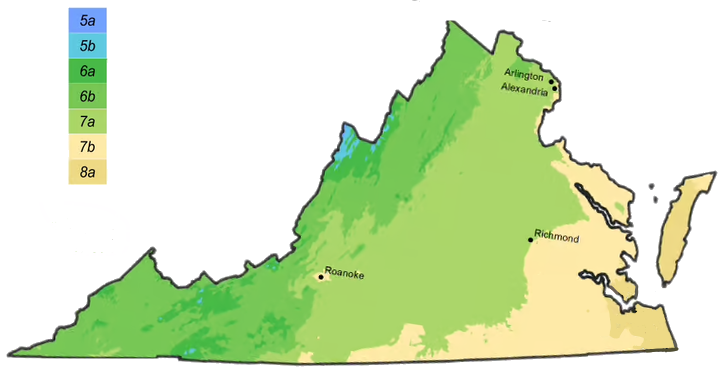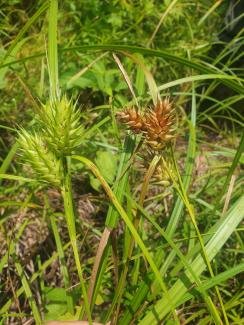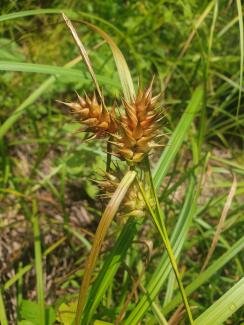
Wet floodplain forests, alluvial swamps, depression swamps and ponds, tidal swamps, tidal freshwater marshes, wet meadows, beaver marshes, ditches, and other mostly seasonally flooded, disturbed wetlands. Frequent in the coastal Plain and piedmont; infrequent but widespread at low elevations in the mountains. This plant is an excellent choice for bank stabilization, wet sites and water gardens. It helps to filter water and improve the water quality of your pond.
Wildlife value: This plant supports various Satyr larvae.
Earth Sangha Inventory
Founded in 1997, the Earth Sangha is a nonprofit public charity based in the Washington, DC, region. The Wild Plant Nursery is the most comprehensive source of local-ecotype, native plants in the Washington DC region, and the region’s only facility dedicated exclusively to this type of propagation. “Local-ecotype” plants are propagated from local, wild, naturally-occurring populations and are well-adapted to local conditions and for wildlife species that depend on the local forms, such as pollinators. Inventory is updated on a weekly basis so number may not be accurate.
| Pots Available | Plugs Available | Location | Notes | ||
|---|---|---|---|---|---|
| 31 | 0 | Row 6 | View My Wishlist |

